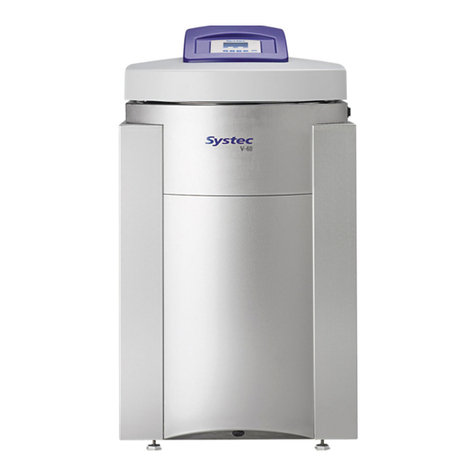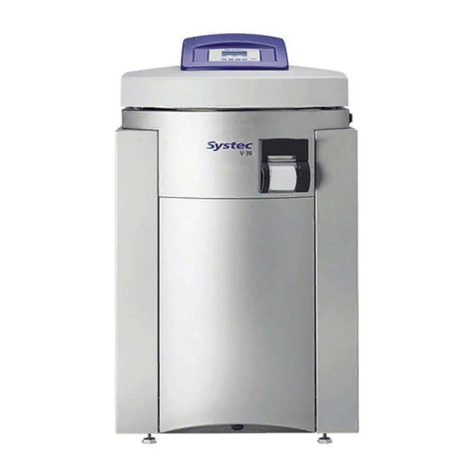Page 4 of 26
(vii) Autoclaved items should be stored separately from non-sterilised items. There should be
designated laboratory areas for storage of items related to their contamination status and prior /
intended use e.g. clean equipment for autoclaving, autoclaved equipment, and -contaminated
used equipment for cleaning, contaminated used equipment for disinfection. All laboratory users
should be aware of the system.
(viii) Authorised users should check that the autoclave is in service and has been validated
for use. Autoclaves are inspected annually and certified by the service engineer or designate.
The inspection, service and repair records are maintained as per University Safety Policy. ‘Next
service’ date and ‘next validation’ date should be posted on / near the autoclave.
(ix) All users must check the cycle has worked correctly by checking the screen and
printout.
(x) All users must complete the log for each load.
Responsible Person (RP)/Laboratory Manager (LM)
(i) The Laboratory Manager or designated Responsible Person MUST ensure that the University
Estates and Buildings Department is notified of all autoclave installation. They will inspect the
autoclave at the statutorily required interval. Notification of such items should be made through
the Departmental Safety Officer (DSO) and the Health and Safety Department.
(ii) Notification of newly acquired equipment is required before it is brought into use, to ensure
compliance with the Pressure Systems Regulations.
(iii) The Laboratory Manager or designated Responsible Person is responsible for ensuring that the
autoclave is validated for the type of waste generated in the CBE Laboratory Unit. Annexes list
the typical waste loads for which the autoclave is validated for at the time of writing. If typical
waste loads differs significantly from those validated, personnel MUST inform the Laboratory
Manager so that arrangements can be made to validate the prospective new loads.
(iv) The Laboratory Manager or designated Responsible Person is responsible for checking the
usage log to ensure that the autoclave is serviced correctly; either on its annual ‘due date’ or
when it has reached its 500 cycle limit.
(v) The Systec VX series autoclave pressure vessel is serviced annually by the Systec engineers
as part of the service contract. It is the Laboratory Managers or designated Responsible Person
duty to ensure that the Insurance inspection is performed with the Systec engineer present and
the inspection certificate is lodged with Technical Resources Manager in the Wolfson School.





























